Steam locomotive tenders
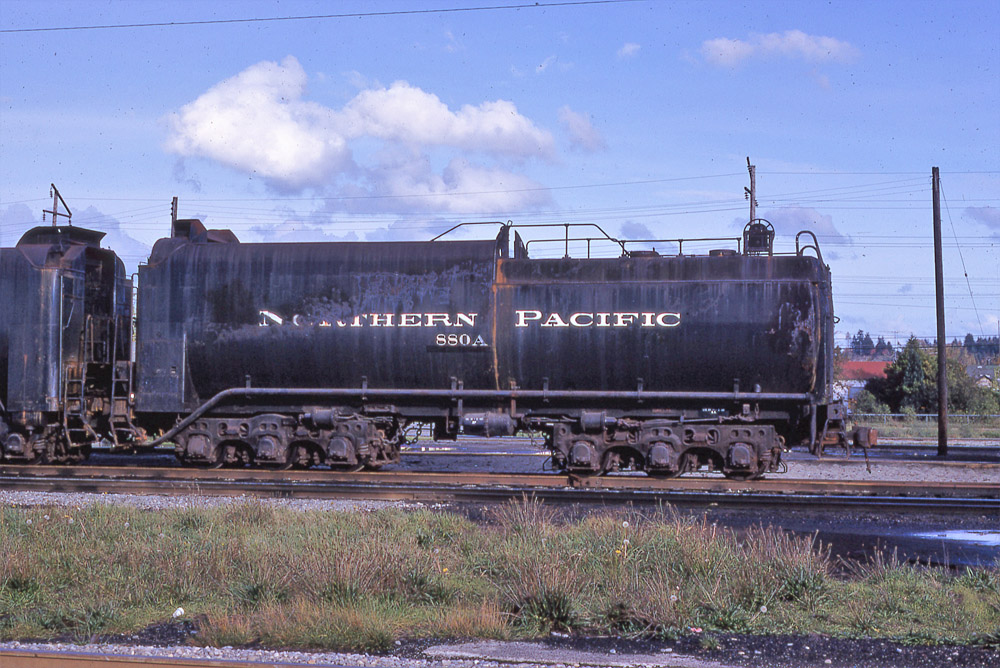
It’s easy to forget that most steam locomotive designs are usually in two major parts; the locomotive itself and its tender dutifully hauling fuel and water. Take away one, and the other is useless.
It seems reasonable to assume that a steam engine and its tender served together from the time they left the builder until they met the scrapper’s torch.
Well, it ain’t necessarily so. While there are many cases where the original tender stayed with its locomotive its entire working career, a goodly number were swapped around as work requirements and overall condition dictated. During their operating years it was common, for example, to replace an original, smaller tender with a larger one from a retired sister.
Serviceable tenders of all sizes and shapes also wound up behind steam powered pile drivers, as water cars in arid areas, and attached to freight diesels pressed into passenger service to supply water for passengers. Still others found themselves converted to fire train service or rebuilt into snowplows.
Depending on the railroad, the extra water bottles, for lack of a better alternate term for them, were either preserved as they were serving behind a steam engine or modified with additional fittings to allow crews easy access. Some were renumbered into a Maintenance of Way series and even painted in MofW colors.
Whatever new service the tenders were assigned to, the majority had their fuel bunkers, whether it be coal or oil, sealed off as the cost of cleaning and decontaminating them were usually considered too expensive.
In 2023 the ranks of remaining steam engine tenders are thinning out as they deteriorate but here and there, tucked into the backwaters of major terminals, it is still possible to spot one just waiting to be called to duty just one more time.
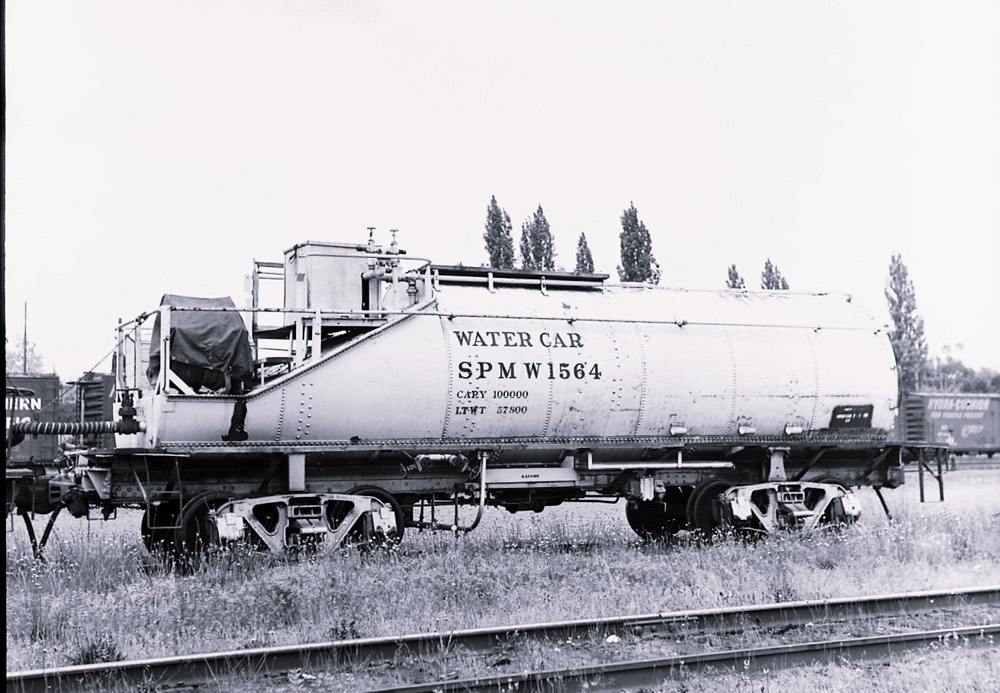






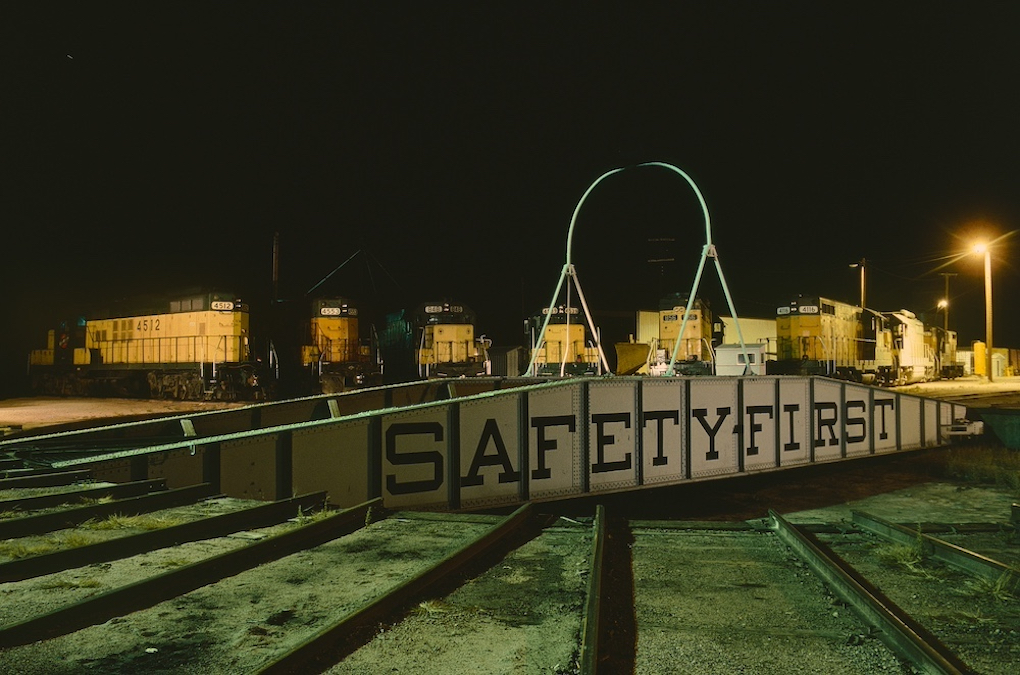
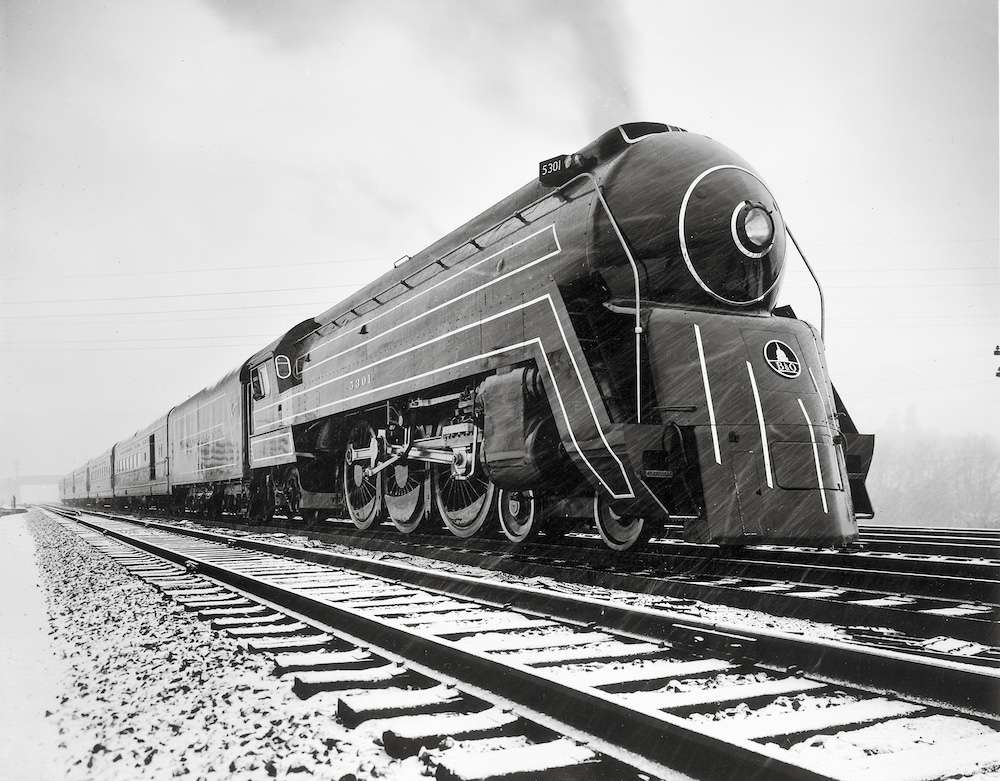
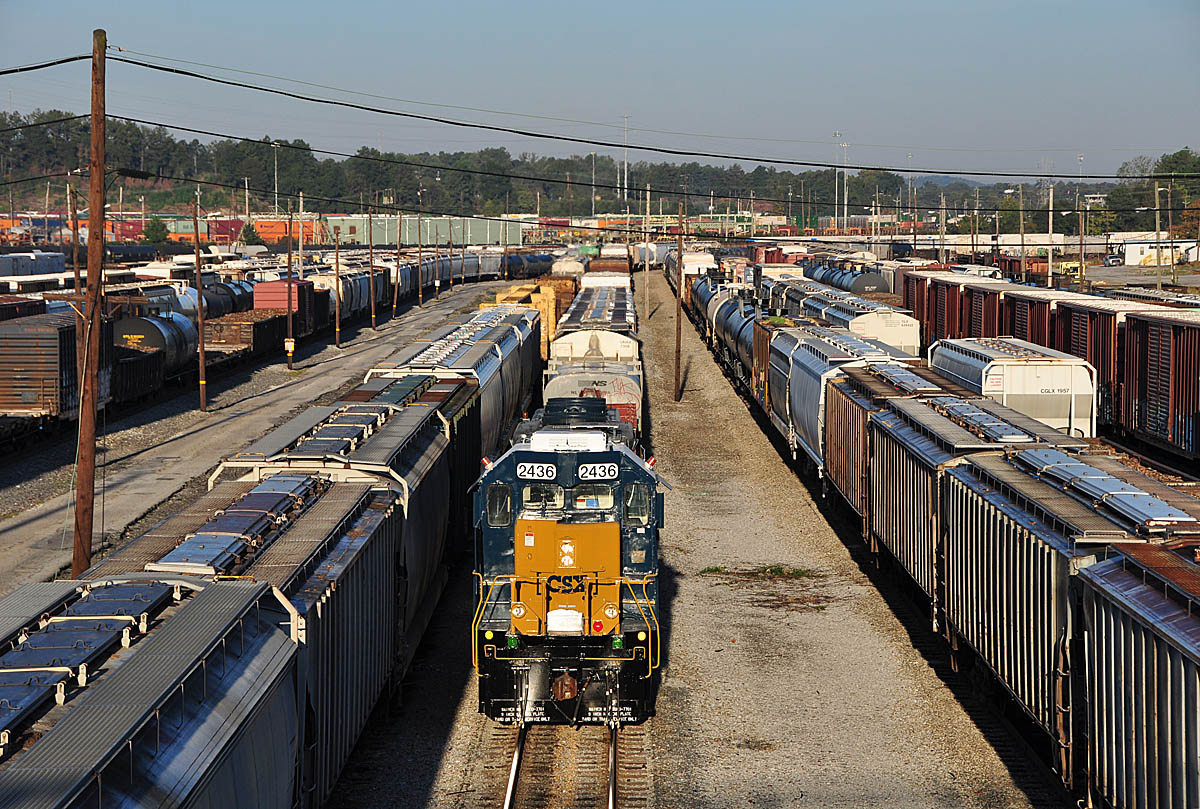
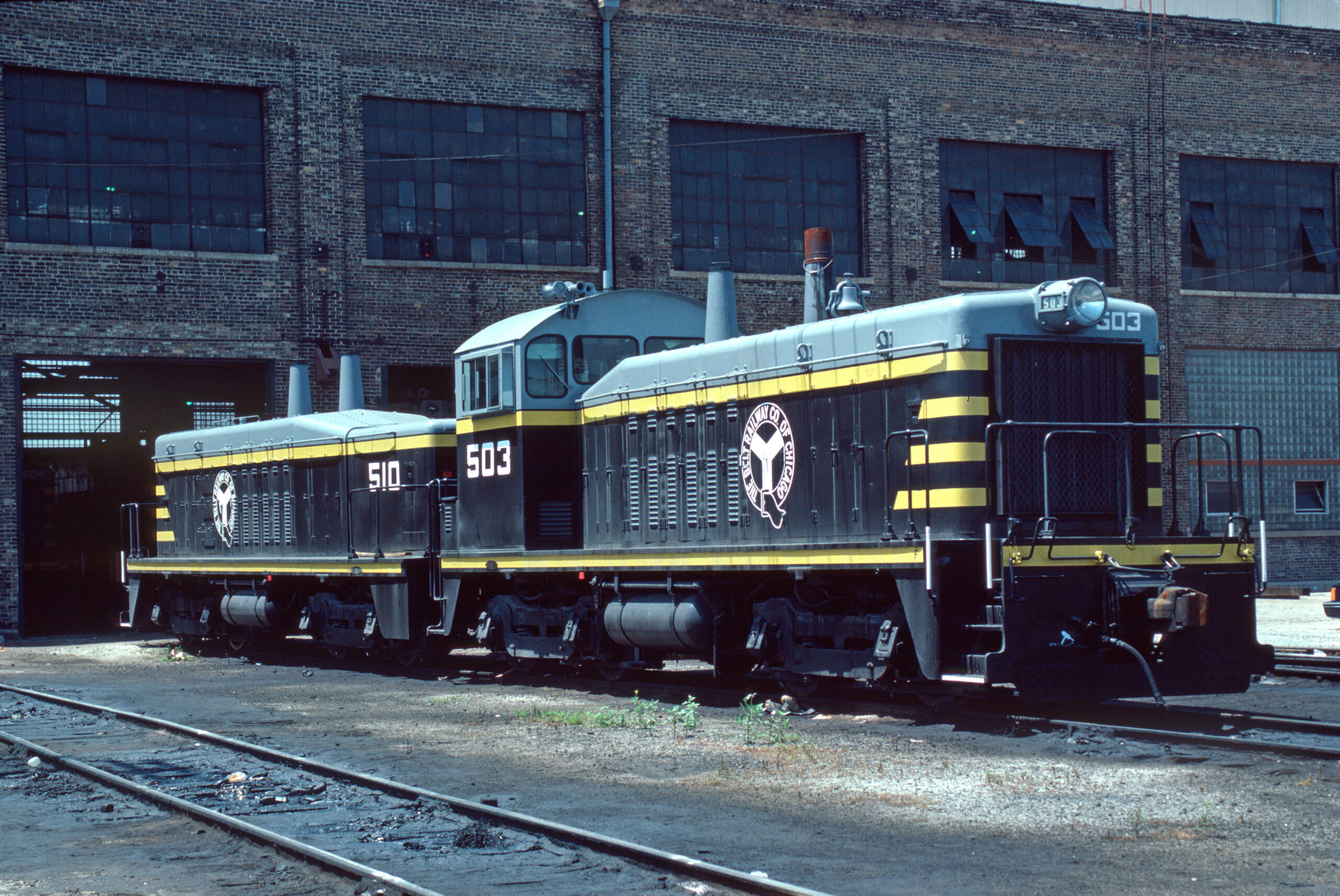




This reminds me of what the C&NW and the Rock Island did when they had a shortage of motive power on their commuter lines. They took the B or booster units from their diesel units and converted them to pull their commuter trains. They built a cab in the unit with controls fro the engineer to operate and upgraded the internal engines to pull the train. It looked unusual but it did the job. Also the LIRR took old FA and F7 diesels and removed the prime movers and converted them as cab control units to use as push pull units on their diesel commuter trains. Amtrak has also done the same with several F40 units by converting them into what is known as Cabbage units. A crops between cab control units and where the prime movers were that space was made into a baggage area for passengers’ luggage and baggage. These units are still in service on several routes where Amtrak operates push pull service. RIlroads are noted for their ability and ingenuity in taking old equipment or parts and and recycling them into something useful and also saving money in the process Joseph C Markfelder
What about all the tenders that were used as the frames for transfer cabooses. I know the Milwaukee Road recycled them for that purpose.
When I hired on with the E-L Rwy in 1968 Hoboken, NJ, they had a tender, from what I assume was from one of their old Berkshires, attached to their large, 8 wheel steam crane, at Croxton Yard. IIRC, the steam crane and tender lasted through the 70s, but when the old time licensed/qualified steam fireman/ operator retired, there was no-one else qualified to replace him, so the crane and tender were either scrapped or sold???
In the 1990s we were in Ellensburg WA looking at the old Northern Pacific Railroad station and caboose. Across-the-board the street they were tearing down an old slaughter house and they Had þorn down the wall. Here sat a small Vanderbilt tender still labeled Union Pacific! The frame had been cut away so there were no other information on the tender. I took several pictures and endured the smell!